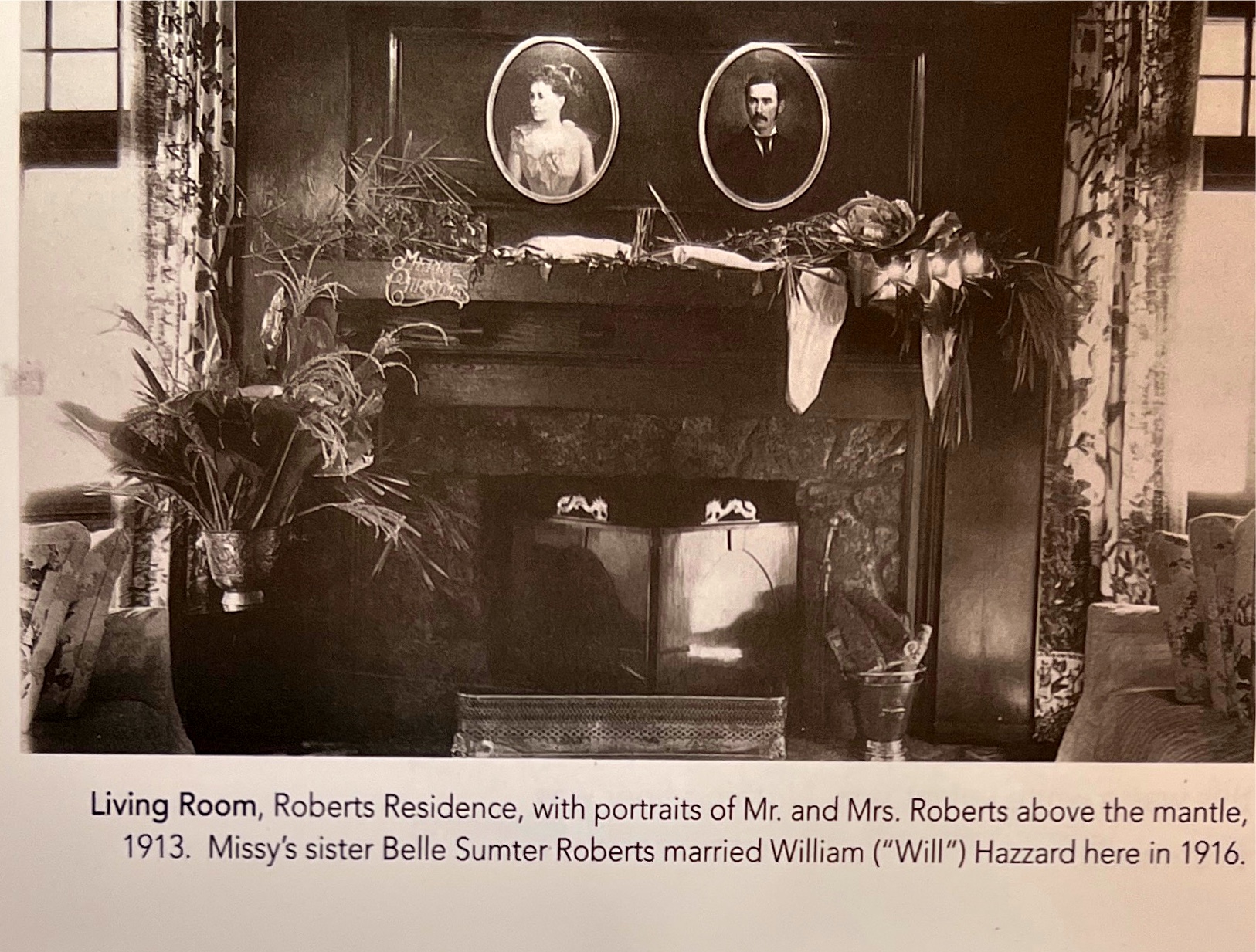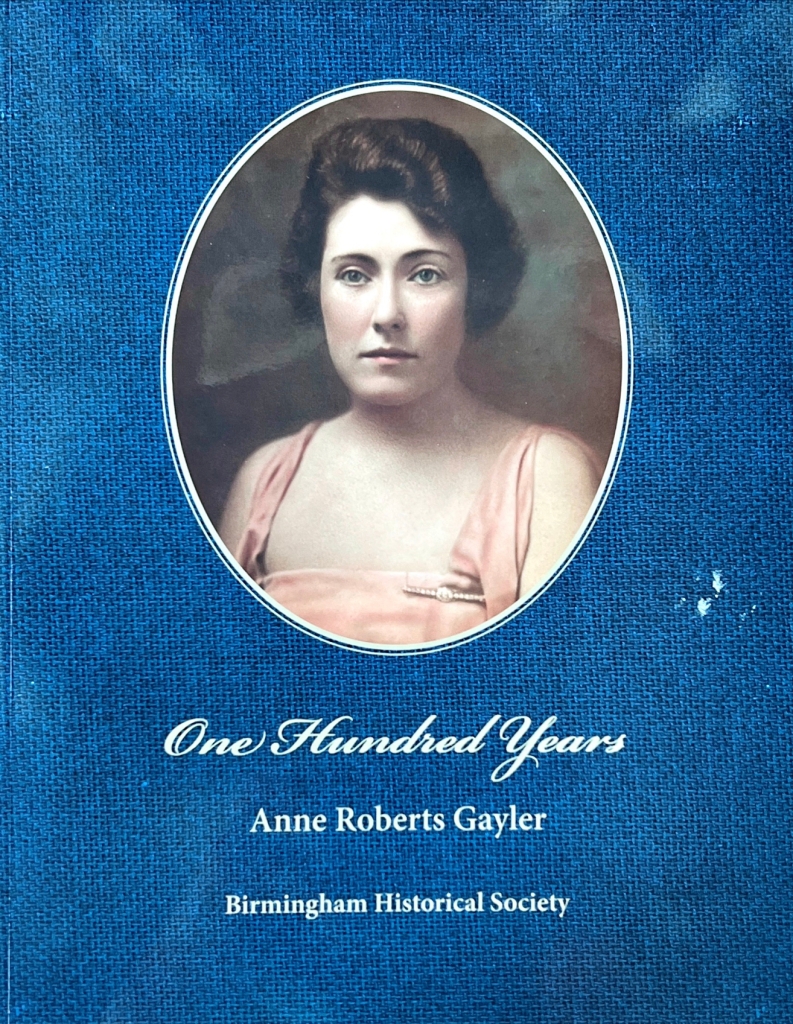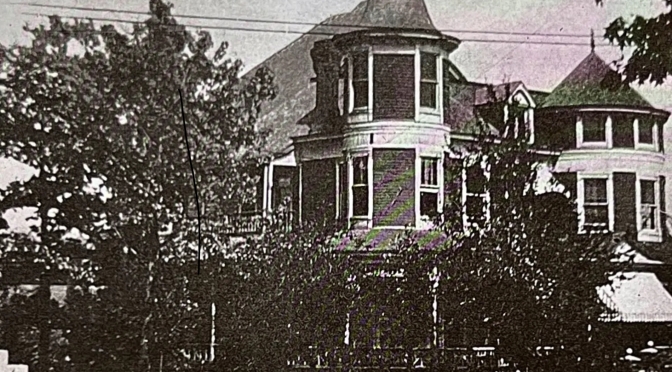Historic Quinlan Castle was demolished earlier this year to make way for a new Southern Research building. But prior to Quinlan Castle, this was the location of the Roberts’ home, parents to author Anne Roberts Gayler of One Hundred Years, a memoir released by Birmingham Historical Society in September 2023.



Prominent early residents of Birmingham, David Roberts and his bride, Belle Sumter Yates Roberts, moved their family from Charleston first to Bessemer and then to Birmingham in 1894. Roberts had successfully raised capital for the formation of DeBardeleben Coal & Iron Company and took an ownership role in the new firm that was formed in 1886. At the time of his death in 1909, he was associated as a director of several banks and leading industrial and commercial interests in Birmingham. He was 63, his widow, 48, his daughter and the author of this book, only 27 years old.

The story of this remarkable Birmingham family as written by Anne Roberts Gayler at the age of 100, is available October 1st, 2023, 4:00PM at a Publication Celebration, 2827 Highland Avenue. The public is invited! Now available on Amazon HERE



